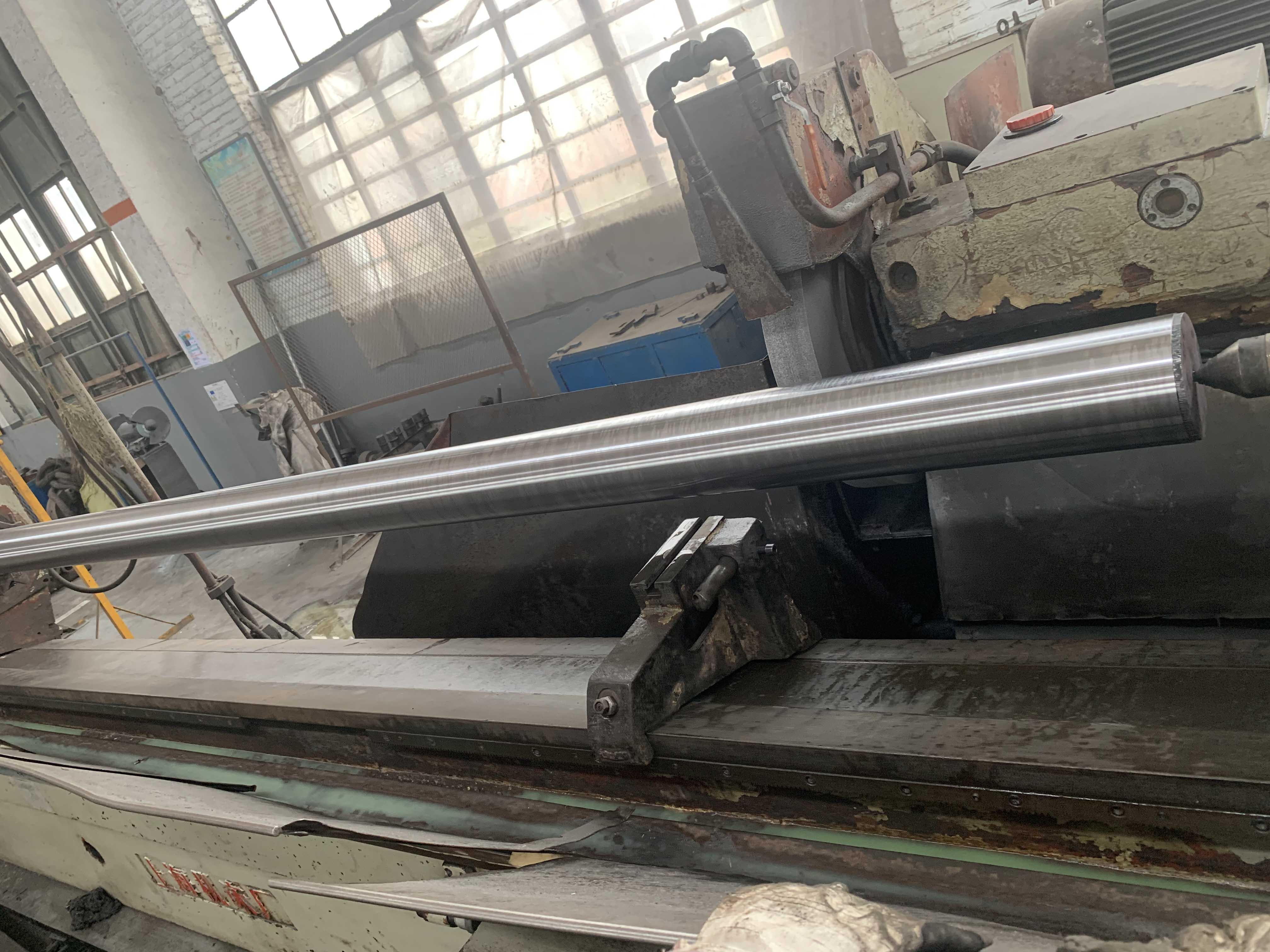Jan . 25, 2024 16:29 Back to list
stainless steel Does Stainless Steel Rust & What Does it Mean for Your Outdoor Kitchen?
Here is a little background to help you understand why this myth has created confusion for the metals world.
First, let’s take a look at the difference between active and passive metals. Metals such as iron and steel easily corrode – showing yellow or orange rust – within the natural environment and are called active metals.
The two grades of stainless steel most referenced in relation to outdoor environments are 304 and 316L, also known as marine-grade stainless steel. Their numbers are determined by their alloy composition. Unlike the active metals mentioned above, stainless steel is referred to as passive because it contains other metals including chromium. For a material to be considered stainless steel, at least 10.5% of the make-up must be chromium. Additional alloys typically include nickel, titanium, aluminum, copper, nitrogen, phosphorous, selenium and molybdenum. The key difference between the 304 and the 316L is the addition of molybdenum in the 316L. It is the molybdenum that enhances corrosion resistance in environments rich in salt air and chloride – giving 316L the moniker of “marine grade” stainless steel.
Related – 304 VS 316 Stainless Steel: What’s the Difference?
It is also important to note that stainless steel is not stain proof; it is stain less. As such, regardless of whether you use 304 or 316L exposed stainless-steel cabinetry and appliances requires maintenance. The addition of molybdenum (in marine grade stainless steel) only delays corrosion, it does not stop it.
The chromium contained within stainless steel creates an invisible passive film covering the steel surface and shielding against corrosion. As long as the invisible film – or passive layer – remains intact, the metal remains stain-less and corrosion resistant.
However, three things can break down this film:
- Mechanical abrasion – steel pads, wire brushes and scrapers will scratch the steel surface.
- Water – depending on where you live, your water can be hard or soft. Hard water may leave spots and, when heated, leave deposits behind. These can break down the passive layer leaving the stainless steel to rust. Be sure to remove deposits from food preparation and service.
- Chlorides – are found everywhere including in water, food and table salt. Household and industrial cleaners contain some of the worst chlorides!
There are many types of corrosion that affect stainless steel metals. Corrosion mechanisms fall into five different categories; pitting corrosion, crevice corrosion, galvanic corrosion, stress-corrosion Cracking, and general corrosion.
- Pitting corrosion happens to stainless steel when it is exposed to environments that contain chlorides.
- Crevice corrosion is triggered when oxygen levels are low in a crevice.
- Galvanic corrosion happens when dissimilar metals come into contact with another.
- Stress corrosion cracking is when tensile stresses combine with environmental conditions.
- General corrosion happens when the stainless steels pH is less than 1.
So, can stainless steel rust?
The answer: Yes, how quickly is determined by the type of stainless steel the outdoor appliances and cabinets are made of.
By keeping the surfaces free from food and other debris, following these stainless steel cleaning tips for outdoor kitchen cabinets will help maintain your cabinets integrity and reduce the risk of rust and corrosion:
- Use only alkaline, alkaline-chlorinated or non-chloride cleaners
- Avoid hydrochloric acid (muriatic acid) on your stainless steel
- Always use a non-abrasive cleaning tool such as a soft cloth or plastic scouring pad
- Avoid steel pads, wire brushes and scrapers
- Always clean in the direction of the polishing marks by locating the lines or grain and scrub in a motion parallel to them
- If you do end up using a chlorinated cleaner, be sure to rinse thoroughly and dry it, immediately
- Air dry your equipment
Remember, our stainless steel products and equipment is not stain-proof, it is stain-less.
-
High Quality Mild Steel Pipe Manufacturers in China for Exporting Premium Industrial Solutions
NewsAug.01,2024
-
Exploring Key Characteristics of Wholesale API Steel Pipes for Your Business Needs
NewsAug.01,2024
-
Current Wholesale Prices for ERW Steel Pipes in the Market Right Now
NewsAug.01,2024
-
Exploring the Diverse Applications and Benefits of China Round Steel Pipes in Construction and Industry
NewsAug.01,2024
-
Top Quality API 5L ERW Steel Pipe Manufacturer Offering Reliable and Durable Solutions for Your Needs
NewsAug.01,2024
-
Reliable Supplier of Premium Quality Concrete Pipes for Durable Construction Projects
NewsAug.01,2024
